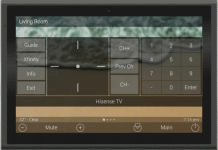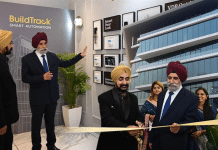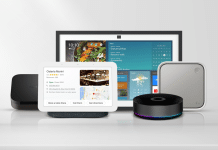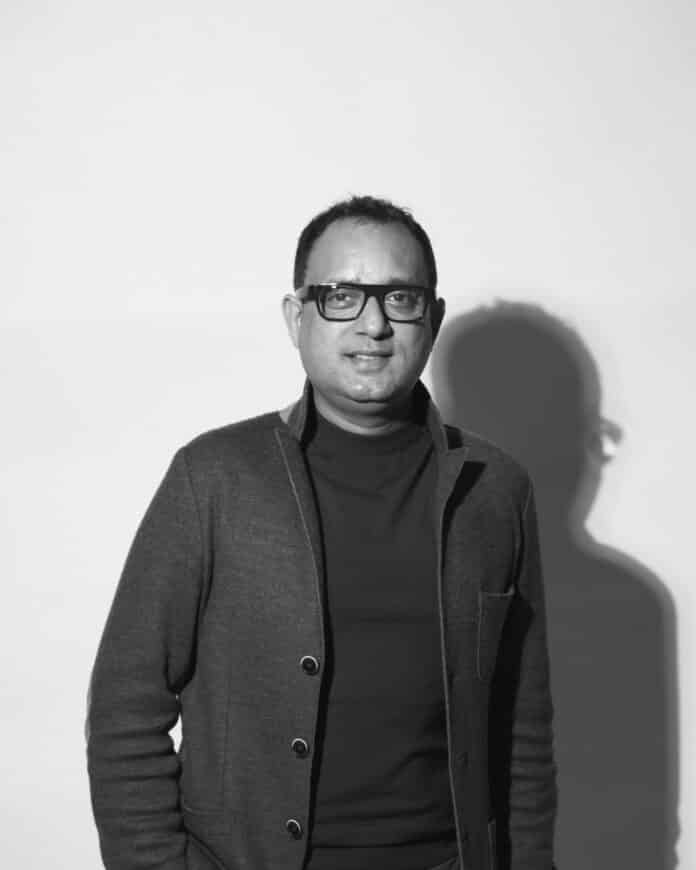
-In Conversation with Ar. Sarabjit Singh
Today, all homeowners are leaning towards smart homes. Also, architects, these days, suggest it to their clientele early on in the projects that they undertake, thereby creating awareness of the same in the market. “Technology has taken over every aspect of our lives. With every passing day, we are moving towards energy-efficient solutions that are not only better for the environment, but also equally effective in reducing expenses. For example, LED lights used predominantly today have increased the number of units per square footage; thus, with automation, we significantly reduce the wiring, making the space decluttered and more manageable”, says Ar. Sarabjit Singh, Founder and Architectural Designer, Villa Ortiga.
What, according to you, are the must-have smart home products in today’s contemporary homes?
While there are a lot of great products out there and a plethora of options to choose from, there are some basic services that should be automated in every home- a residence’s interior and exterior light fixtures, air conditioning and heating systems, fans, curtains and air purification systems.
What role does a system integrator play in designing a smart home?
A system integrator is someone responsible for bringing together all the various subsystems to ensure that they work well together. Almost all brands now have system integrators to merge all the various components into a single automated platform.
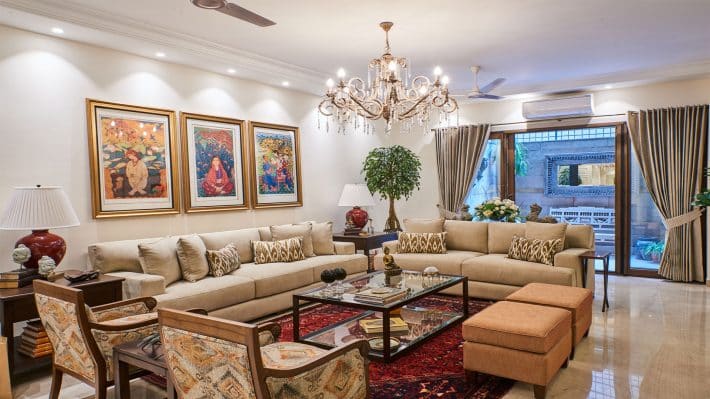
Products of which category (lighting, security, entertainment etc.) witness maximum demand when it comes to integrating smart home devices while doing the interiors?
What I have observed in our practice is that automation in lighting controls is the most important and most in-demand service.
What, according to you, are the major benefits of Smart & connected homes in the current “tech-savvy-era”?
Smart homes are built on the principles of energy efficiency, which also reduces overall costs. By integrating this technology into our homes and thus, our everyday lives, we save on time, energy and effort, thereby living lives that are more convenient and environment-friendly. Smart homes do away with the disarray of having multiple switches and wires, thus simplifying spaces both visually and experientially.
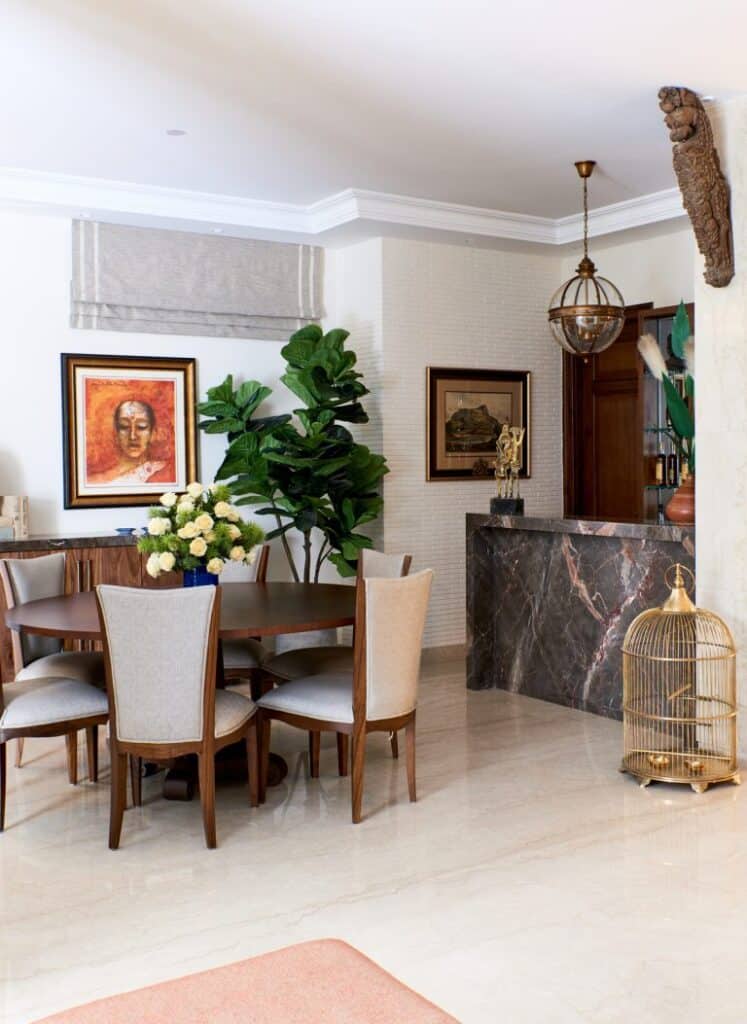
How would you define the current demand for smart home integrations?
Although the demand for automation is steadily growing, it still has a long way to go. However, people need to become more acquainted with this transformative technology and begin to view it as an eventual convenience in daily lives, instead of an initial inconvenience of integrating it into their spaces- the more the market will expand further.
In which sector(hospitality, commercial, residential), according to you, traditional devices and techniques are getting rapidly displaced to make room for smart devices and systems, aided with the latest technologies? And why?
The market for smart devices and systems is rapidly growing in both the residential as well as commercial sectors. The opportunity to reduce energy consumption while saving costs is a win-win for both sectors, and that is drawing people’s attention to it.
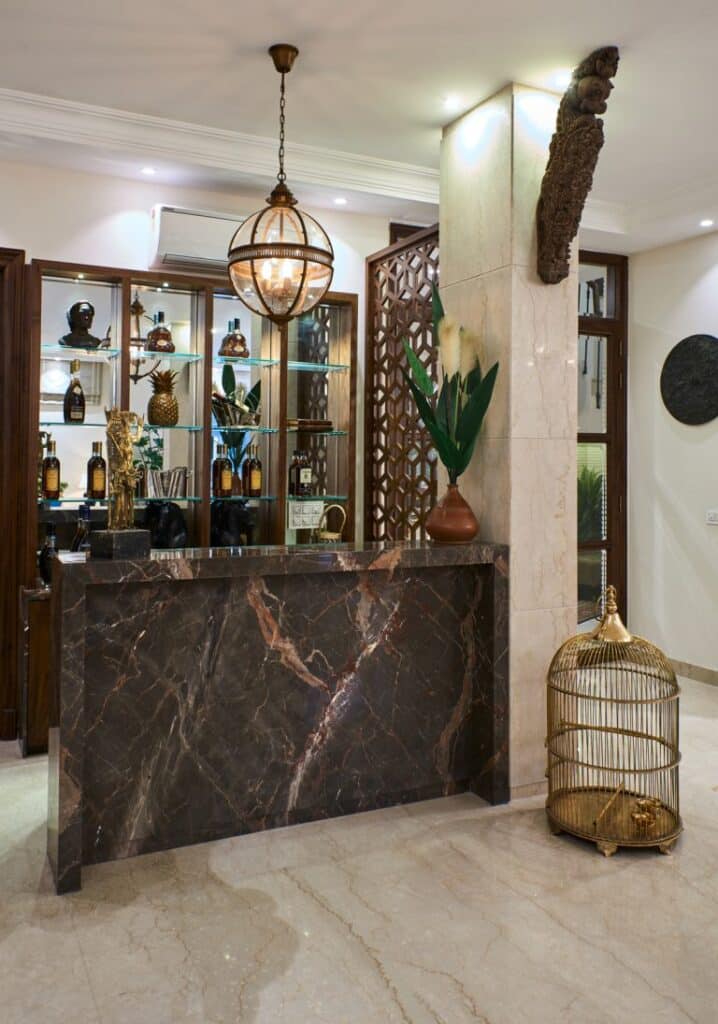
In what ways do you think the concept of smart homes has contributed to the lifestyles of working professionals?
As of now, it is mostly the high-end villas and luxury developments that integrate smart technologies. Currently, working professionals do not benefit from it in any way. It is because the prices for such technologies are quite high at the moment, and only once they’ve been reduced can they be made accessible for all the different types and scales of buildings.
Do you see any challenging factor(economic, social, environmental etc.) that has a strong potentiality to restrain the smart home industry? What, according to you, are the possible solutions?
Challenges for the smart home industry will evolve with time, as will our expectations from commercial and residential spaces. With time, innovation and technology will always help make possible what was previously perceived as impossible and similarly, the challenges faced for the same will also evolve.
Reducing the costs of products to make them more accessible is one of the ways through which we can get more people to embrace smart homes and smart technologies.
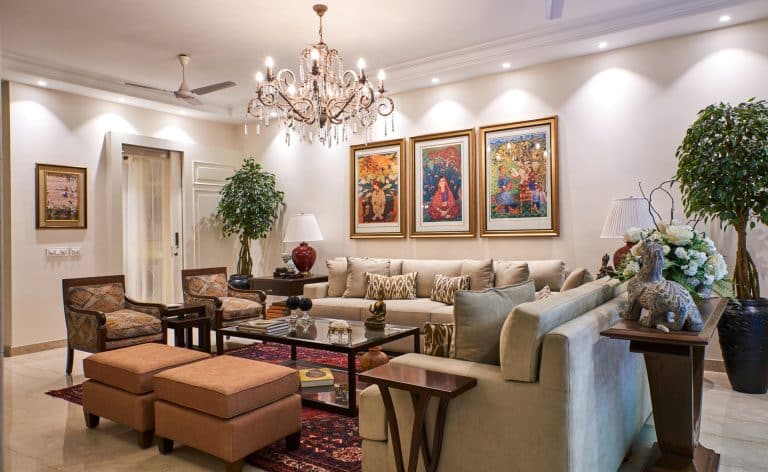
How do you foresee the Smart home industry five years down the line?
The Smart-home industry will become more mainstream with time, and it will be expected of all spaces, be it interior or exterior, to have integrated automated systems to deliver a smooth and hassle-free functioning experience. Eventually, smart homes will not be viewed as a luxury, but an embodiment of ‘smart living’ in the new age.



